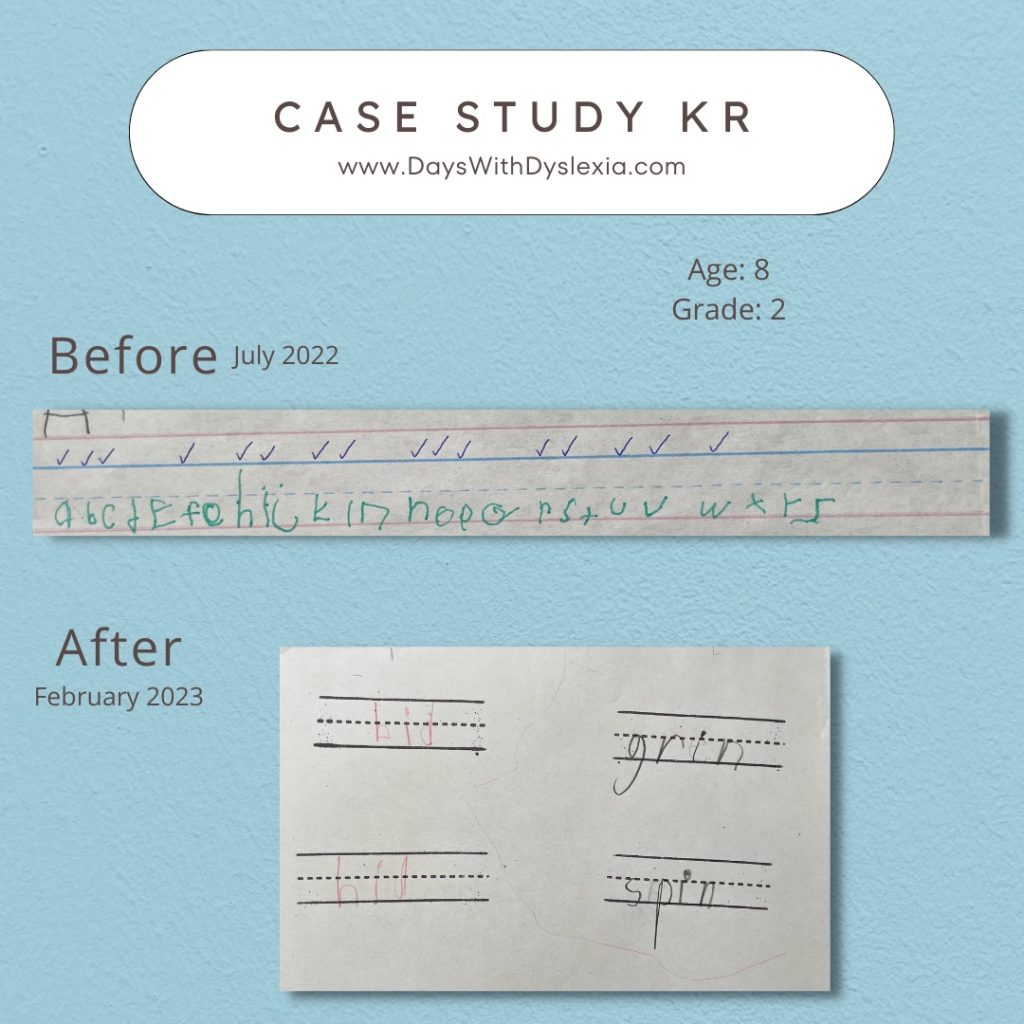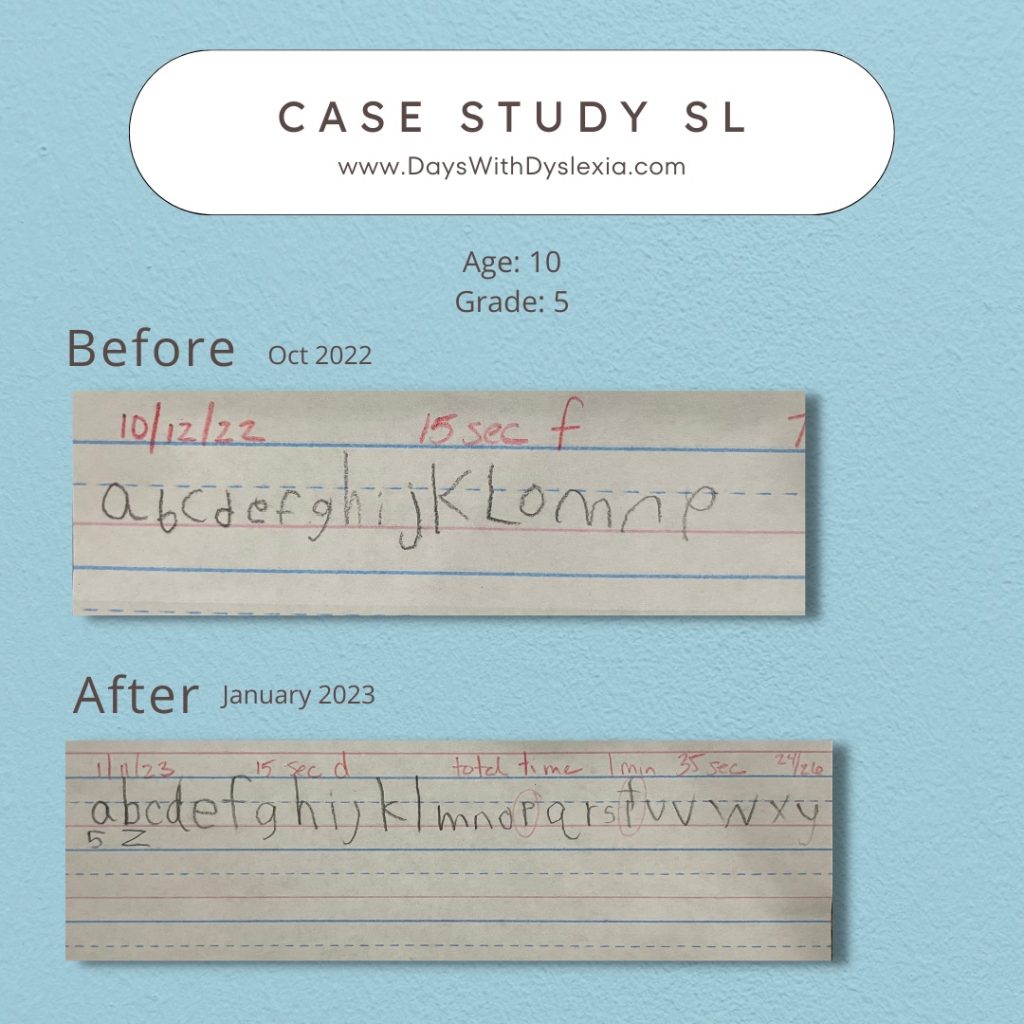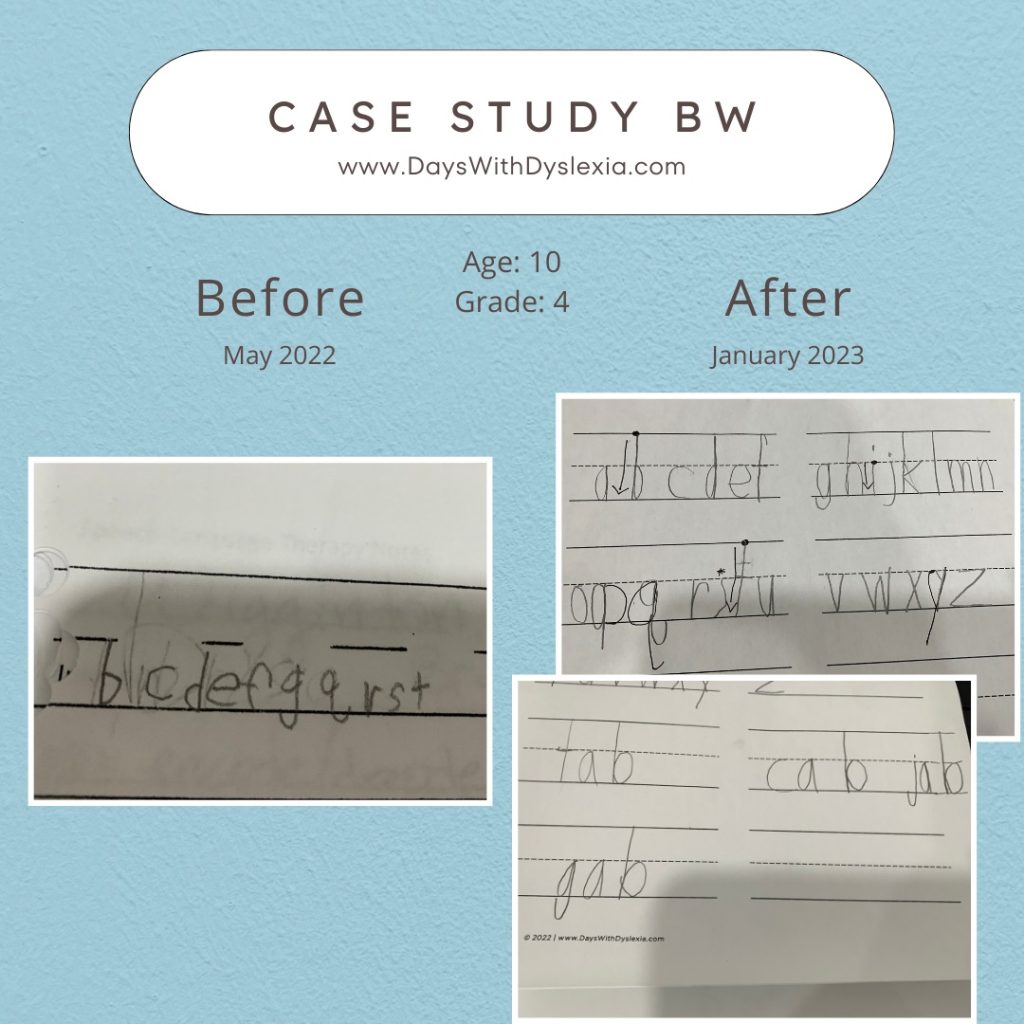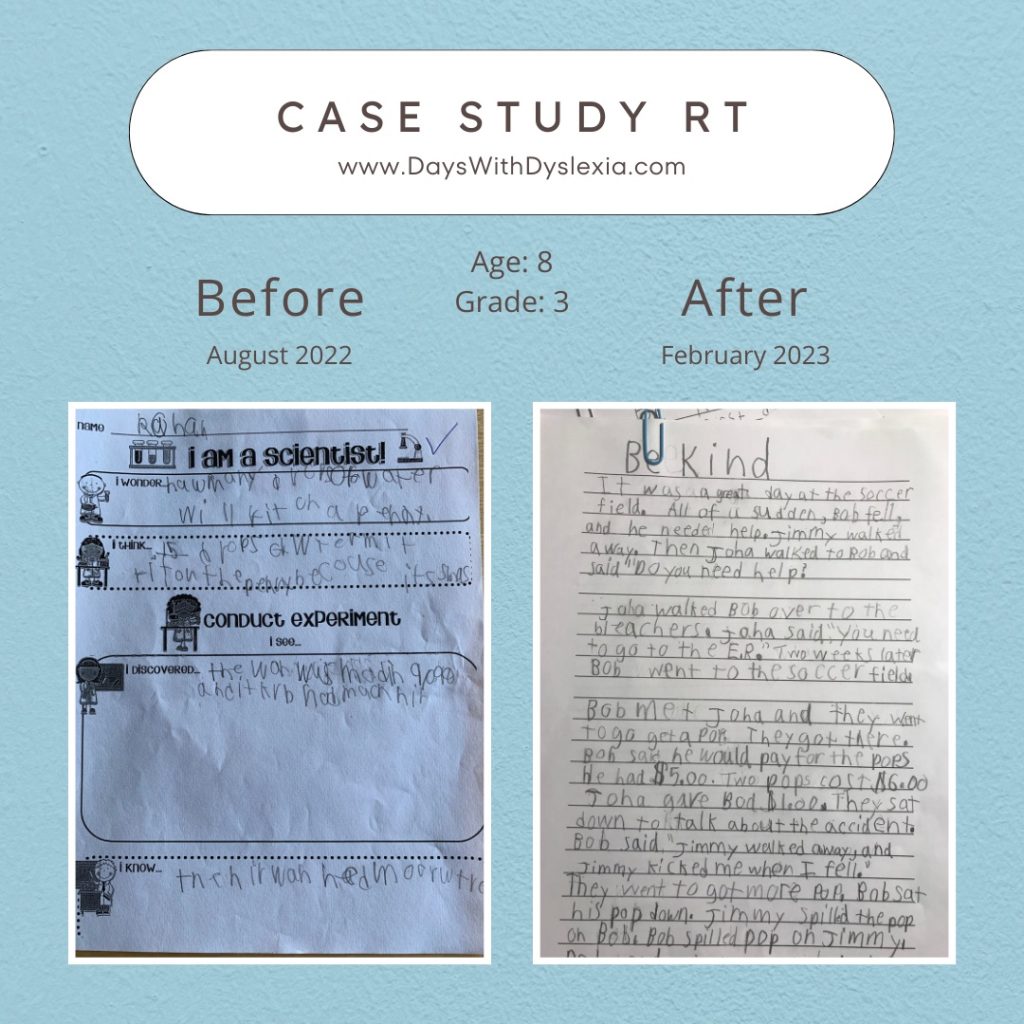Head-to-Hand
The Head-to-Hand Writing Program is the solution
for children with dysgraphia who have not seen success with other handwriting programs.
Unlike other programs that focus on fine motor skills, Head-to-Hand takes a unique approach by addressing the underlying deficits in language and executive function skills specific to children with dysgraphia.
This program provides specific feedback to address your child’s needs, allowing each letter to progress at its own pace. By starting with short, supported practice sessions, your child can experience success with writing, leading to increased efficiency and decreased time spent on writing tasks.
Not only does Head-to-Hand target letter-level language deficits, but it also improves word-level reading and spelling skills by freeing up cognitive processing at the subword level. And while the program is critical for children with dysgraphia, it will work for most children.
Our program is self-paced and comes with mailed course materials and support videos available online. Plus, we offer a money-back guarantee if you don’t see progress after a month of consistent use.



